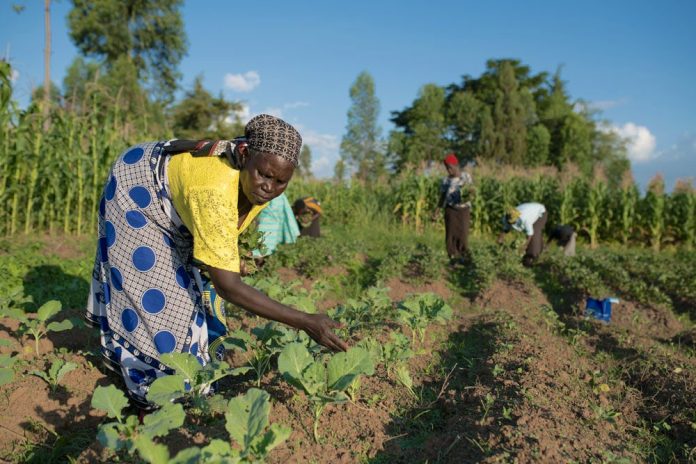They own less land, earn less money, and are more vulnerable to crises: essential to feed the world, women still occupy a “marginal” place in food production, says the FAO, in a rare report on the glaring inequalities of the sector.
From the fields to the production lines, they have to “deal with working conditions that are often more difficult than those of men, insofar as they are confined to occasional or part-time, informal, low-skilled jobs” and therefore more precarious.
Read also: World’s First Vaccine Against Deadly Swine Fever Nears Approval in Vietnam
Even if their access to technology or credit has improved since 2010, the date of the last report of the Food and Agriculture Organization of the United Nations on the subject, “the reduction of most gender disparities has stalled”, and some gaps have widened with the Covid-19 pandemic.
By addressing these inequalities and “empowering women, we will take a big step towards the goals of eradicating poverty” and hunger, FAO Director-General Qu Dongyu said in the report.
According to the study, women make up more than half of the agricultural workforce in many sub-Saharan African countries, and just under half in Southeast Asia.
They “occupy a larger share of agricultural jobs in less economically developed countries, as they have very few opportunities for non-agricultural employment” due to a lack of education.
Around the world, they lag far behind in access to land, inputs (fertilizers, seeds), financing, or technology, while they are often more dependent on agriculture for survival. Due to this lack of resources among women, male-run farms are 24% more productive than theirs of equal size.
In the livestock sector, women tend to own fewer livestock, and smaller animals (sheep, goats).
- Rigid” distribution of roles –
Despite some progress, “the share of men who hold property rights or secured rights to agricultural land is twice as high as that of women”, in the 40% or so of countries that provide data on women’s land ownership.
Their income is also 18.4% lower in the wage agricultural sector.
Because of their lack of resources and information, “women also have less capacity to adapt and resilience to climate shocks” or economic crises.
During the first year of the Covid-19 pandemic, “22% of women lost their jobs” in the agri-food industries, compared to only 2% of men, and women’s food insecurity “worsened faster than men’s”.


